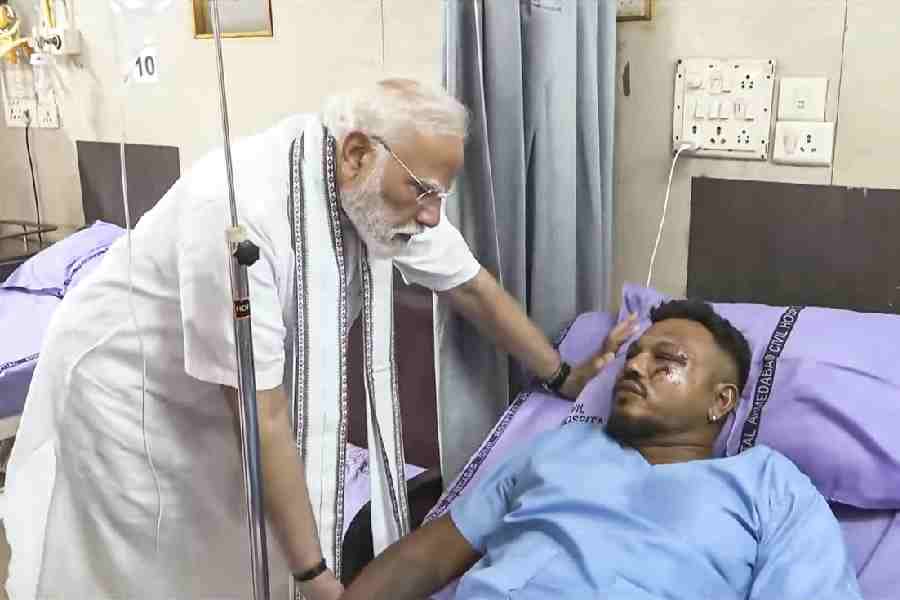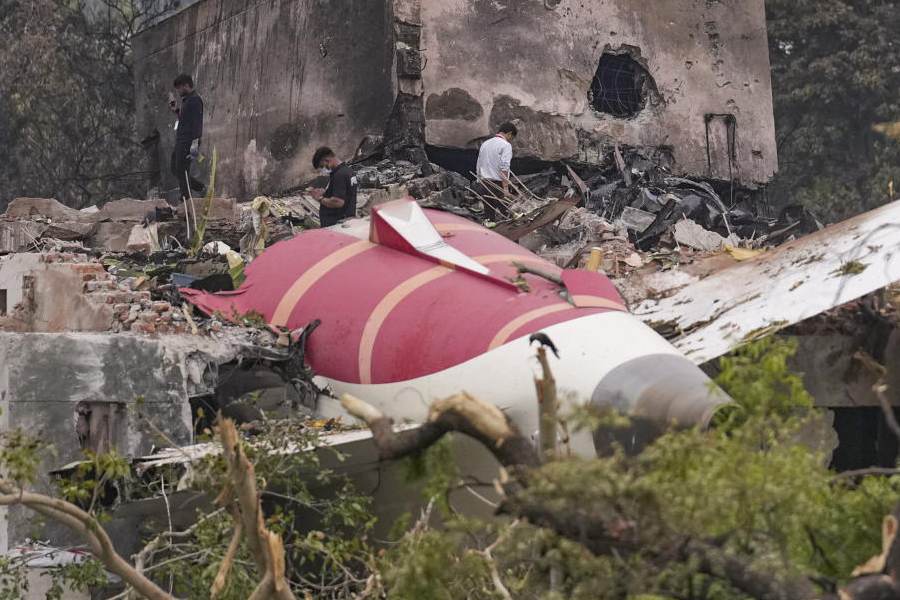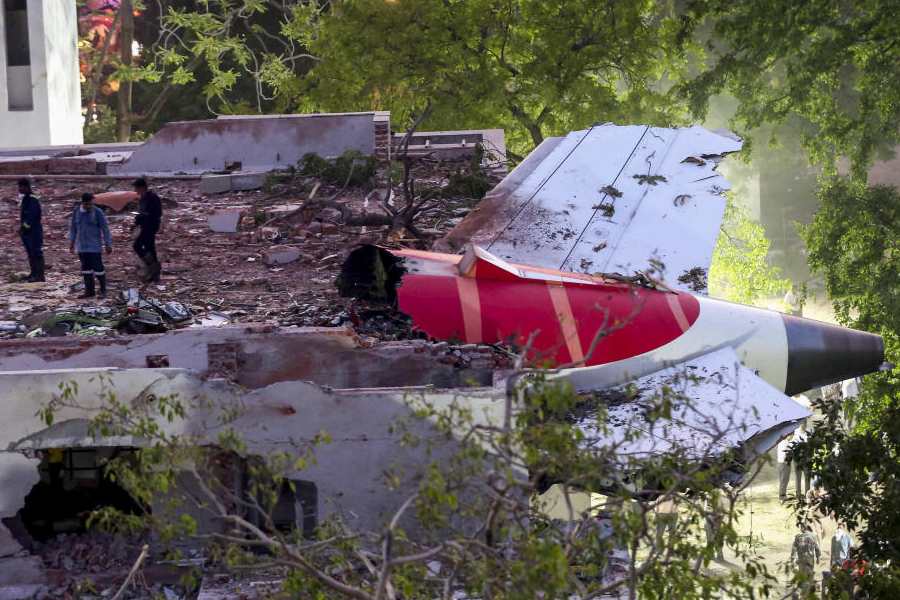 |
| BIT, Mesra, vice chancellor Ajay Chakraborty (in blue) releases a helium balloon on campus. Telegraph picture |
Ranchi, Dec. 14: Scientists at BIT, Mesra, have weather on their mind.
Between yesterday and today, a team from the premier tech cradle released six helium balloons carrying geopositioning system-based transmitters into the upper atmosphere, in an attempt to improve the accuracy of future weather forecasts.
The balloons, which will be released at regular intervals over the next two years, will gather records of vital atmospheric parameters like temperature, humidity, wind speed, wind direction and pressure, among other things.
The BIT team, comprising reader in applied mathematics Manoj Kumar, head of the applied mathematics department N.C. Mahanti and eight scholars and students, released one balloon each in the morning, afternoon and evening today and yesterday. Incidentally, Kumar doubles up as eastern region collaborator for Indian Space Research Organisation (Isro).
“The weather data collected in the transmitters fitted in the balloons would be transferred to a surface observatory we installed here two years ago, which is connected with a micrometeorological tower. The rate of change of different weather parameters in the upper atmosphere would be received in the surface observatory. This would help in better weather forecasts in future,” Kumar told The Telegraph.
The project is being executed with the support of the Ahmedabad-based Space Application Centre, Vikram Sarabhai Space Centre in Trivandrum and ISRO’s headquarters at Bangalore. All the agencies work under the Union government’s department of space.
India Meteorological Department (IMD), that functions under the Union ministry of earth sciences, is already using similar technology at some places, but in Ranchi or for that matter in the state, BIT, Mesra’s experiment is a first.
Explaining how the balloons would work, Kumar said after making a journey of 22 to 23km in the upper atmosphere, the balloons would burst due to reduced pressure in the atmosphere. But till they burst, the minute weather parameters will get sent automatically through the transmitters to the surface observatory.
“Our aim is to let the balloons travel up to 30 to 35 km in order get more details about the upper atmosphere,” added Kumar.
The data being recorded through the ongoing experiment will also be used to analyse weather conditions in the upper atmosphere before the December 20 launch of GSLVF06 satellite from Sriharikota, the scientists said.
The special balloons are made at Pune while the transmitters have been procured from DRDA’s semiconductor laboratory based in Chandigarh.
The costs involved are sky high too. It takes Rs 40,000 to launch each balloon.
Meanwhile, the receivers at the surface observatory have already started getting data from the balloons.The results would be analysed by the scientists here at BIT, Mesra.











